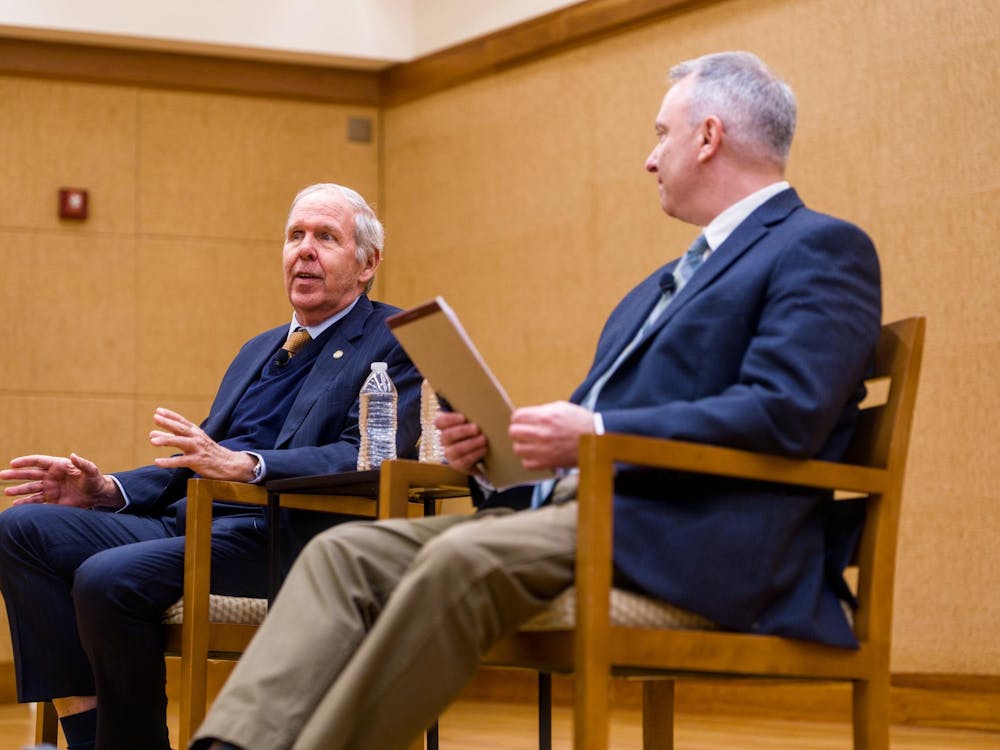The University's School of Medicine is receiving more grants than most medical schools in the country for biomedical funding, according to Peter Jump, School of Medicine interim director for public relations.
Jump said a recent National Institute of Health survey ranked the Medical School above average in terms of research funding compared to all medical schools in the country.
NIH ranked the University 41st in terms of awards received by the National Institute of Health in 1996. Over the years, the University has moved up in its ranking, currently standing at number 33.
"Between 1996 and 2004, our research funding from the NIH grew by 284 percent compared to the average medical school, which only grew by 233 percent," Jump said.
Because approximately 78 percent of the funding for most medical schools comes from the NIH, the NIH ranking allows medical schools to see where they stand across the country.
"We are doing well and in front of other schools of medicine, so we are climbing up the ladder," Jump said.
The recent costs of relief efforts for hurricanes Katrina and Rita might hamper NIH funding, according to Assistant Dean for Research Steven Wasserman.
"The hurricane relief efforts are going to cost a lot of money, and that will have to come from somewhere," Wasserman said. "So in order to balance the budget, Congress will be doing all across the board budget cuts, meaning the NIH may cut some funding."
Wasserman said he does not expect the same increases in funding from the NIH as in the 1990s. The Medical School is primarily concerned with making sure that increases in NIH funding are on par with the cost of inflation.
If funding is reduced, new researchers will have a difficult time receiving grants for their projects, Wasserman added. Established investigators, on the other hand, may encounter gaps in their funding when their renewals are not funded, causing them to have to wait longer.
According to Jump, one of the main factors for increasing costs in research is the technical and advanced nature of the equipment.
"Some of the equipment we have are very rare, so it's not like these things are mass produced," he said. "They are used only in a few universities in America."
A few weeks ago, the University announced a new research facility titled the Carter Harrison Building. The building, Jump said, will be studying cancer, immunology and infectious diseases. Much of the NIH funding will go toward the 60 research projects in the building performed by 240 researchers and lab technicians.






